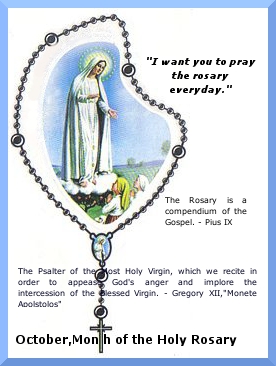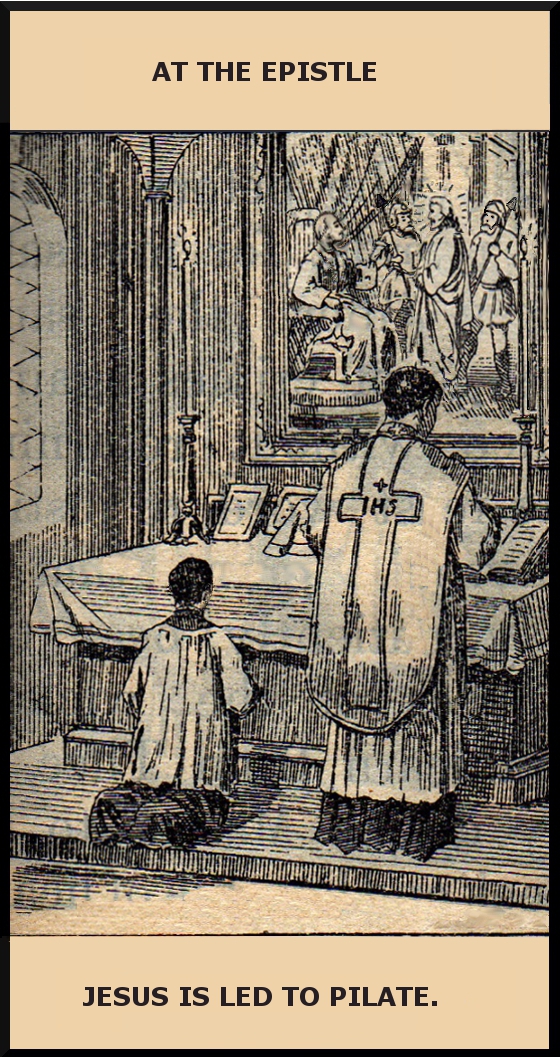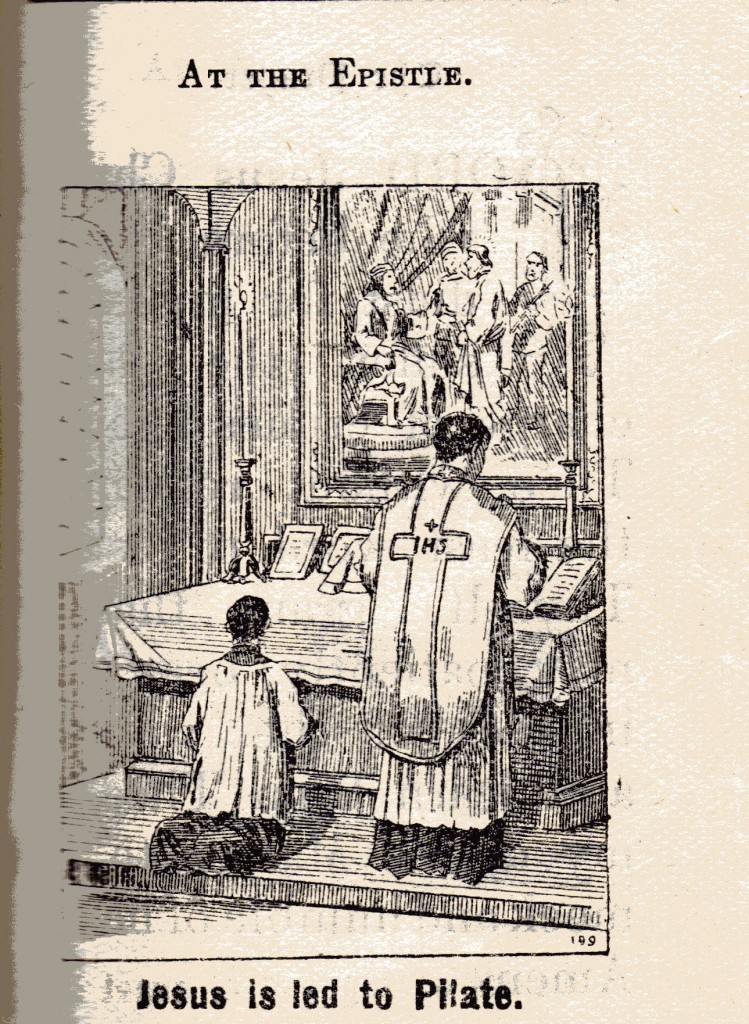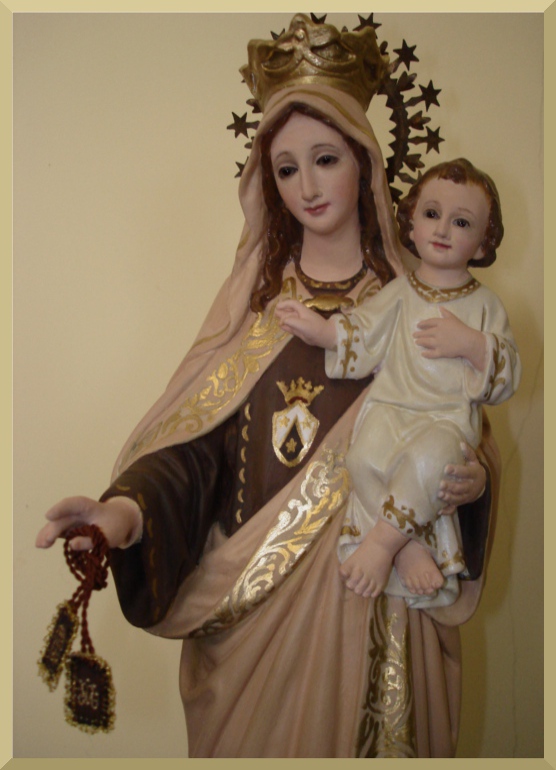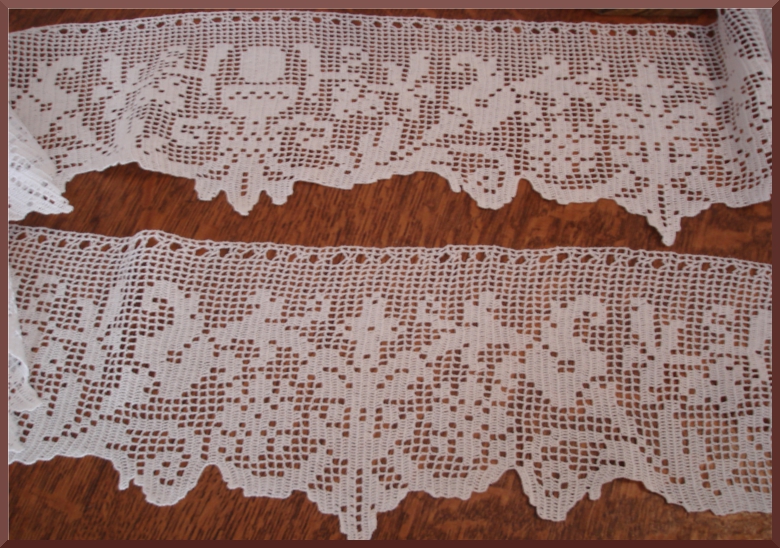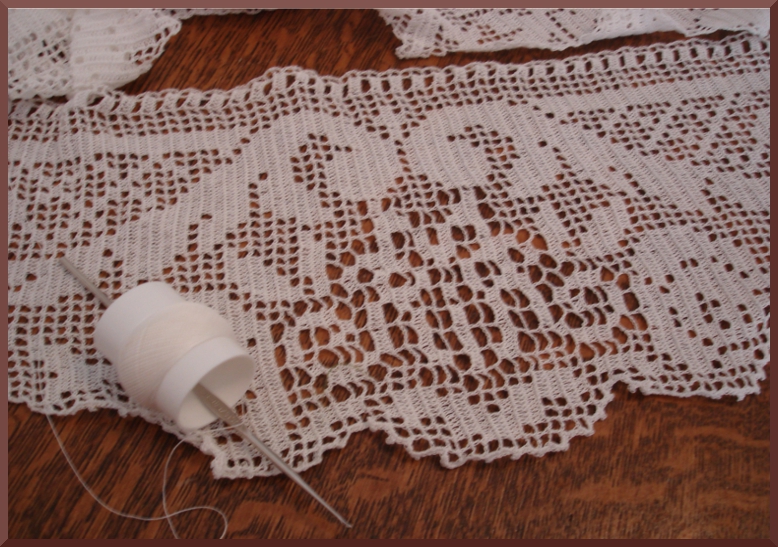Greg Tobin, in a Washington Post article of October 3, raises the question as to whether Blessed John XXIII should be declared a saint. He seems to believe that heaven weighs in with a “yes” by the miracle of incorruptibility. Well, some “miracles”, like some liturgies, are fabricated, cooked up, whipped up. It took me a few days, but I found it. The following piece is from the CRC of August 2001, No. 8, pg. 5:
The “Secret” of the Preservation of Pope John XXIII’s Body
The “miracle” of the preservation of Blessed John XXIII’s mortal remains has been officially explained. It is a secret that has been guarded for thirty-eight years. In 1963, Mr. Gennaro Goglia, at the time a brilliant young assistant at the Institute of Anatomy of the Faculty of Medicine of the Catholic University of the Sacred Heart, injected into the mortal remains of John XXIII, a few hours after his death, a liquid whose formula he had personally invented, capable of arresting the decomposition process of corpses. It was this treatment that led to the Sovereign Pontiff’s body being preserved intact over the last 38 years.
The day before the Pope’s mortal remains were exposed in Saint Peter’s Basilica, Professor Goglia, now seventy-eight, gave an interview to the Italian weekly Famiglia cristiana (No. 22/2001) in which he recalled that night which he has never forgotten and which he always had to keep secret even from his wife. Here is this secret.
John XXIII had entrusted to Professor Valdoni, who looked after his health, and to Professor Mazzoni, Valdon’s assistant and collaborator, a written document making them responsible for the process of preserving his mortal remains. Commissioned by Mazzoni and Valdoni who had spoken directly to Pope Roncalli on this matter over the many months preceding his death from stomach cancer, Professor Goglia had spent several days preparing the liquid with the help of another doctor, Cassano.
“We did everything in the laboratory of the Institute of Anatomy: ten litres of liquid, recounts Goglia, in a plastic flask with a tap and a long thin tube equipped with a needle.”
The formula of the liquid which he had invented allowed a body to be preserved intact without a single drop of blood. On the afternoon of the day on which the Pope died, 3 June 1963, Goglia informed his family not to wait for him at dinner.
“I have always guarded the secret, Goglia said to the weekly paper published by the Paulines, and I did not even speak about it to my wife. However, I believe she knew something was afoot. A Vatican car came to fetch me at 7 o’clock in the evening. We loaded our equipment and went up to the papal apartment.”
There the doctor met Giacomo Manzu who was busy making a clay mould of the face.
On the Pope’s face there was still some of the oil with which the sculptor had covered it to prevent the clay sticking to the skin. Also present were the Gusso brothers, the Pope’s domestics and Professor Mazzoni.
“We lifted the flask holding the liquid onto the tripod. Then we made a tiny cut in the right wrist and inserted the needle. I was afraid there might be some bleeding and that the liquid might rupture the skin. In terror I wondered where (sic) we might tip the blood of a Pope who was already considered a saint. But everything passed off successfully. At 5 o’clock on the morning of 4 June, the operation was complete. The liquid had penetrated every capillary, arresting the process of decomposition. We then injected several litres into the Pope’s abdomen destroyed by cancer in order to kill off any bacteria.”
The operation was a complete success and today John XXIII’s body, embalmed by Professor Goglia, is exposed for the veneration of the faithful in Saint Peter’s Basilica.

